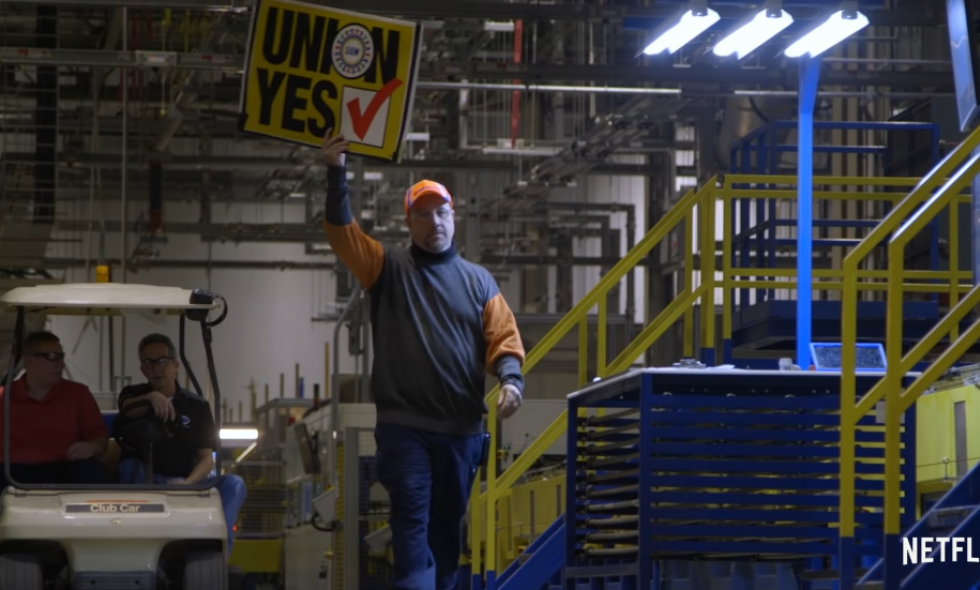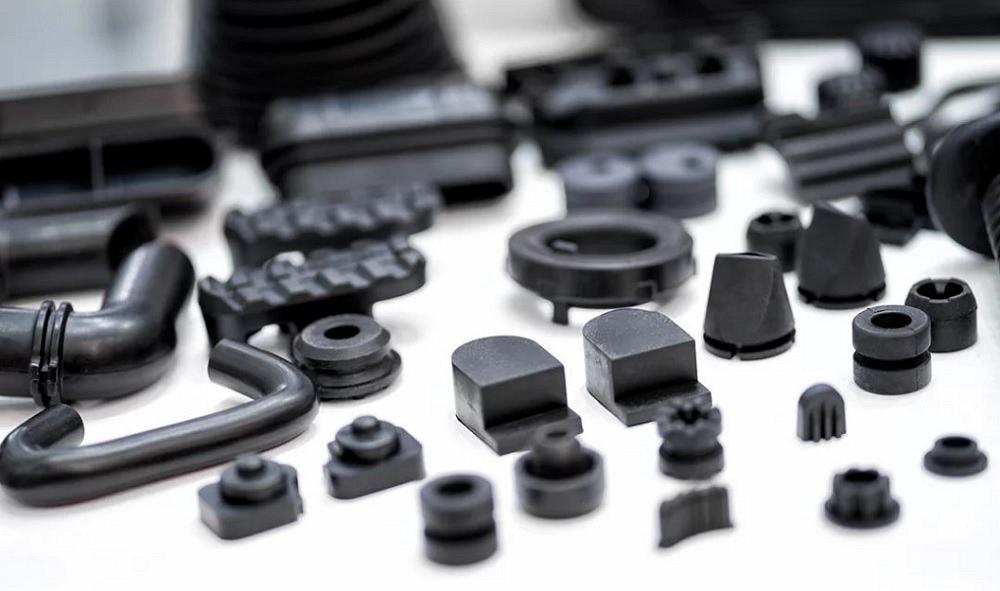This weekend break, I enjoyed the Netflix movie American Factory, which won an Oscar for ideal feature-length docudrama as well as influenced a post that I published yesterday in PlasticsToday. Created by Barack as well as Michelle Obama’s manufacturing firm Higher Ground, the film profiles an Ohio auto glass manufacturing facility that is run by a Chinese capitalist.
The plant was abandoned by General Motors after its federal government bail-out and was subsequently gotten by Chinese industrialist Cao Dewang, or “Chairman Cao,” as he is aptly called. The movie provides a close-up consider exactly how the societies attempt, mainly unsuccessfully, to adjust to one another. Stress climb when the factory has problem meeting production and high quality objectives, bring about a fight over the right to unionize. The union lost, and the result was that the Chinese president was required to make changes right with regard to performance, safety and security, as well as top quality.
I assume the docudrama partially meant to embarassment American manufacturers that are not unionized, which some in America believe is essential in order to have a secure, effective manufacturing facility with high-paying tasks. The filmmakers, Julia Reichert and also Steven Bognar, wanted to try and also get us to think that the state of manufacturing in the United States is so dire that our only salvation is via unionization.
Let’s have a look at the truth of manufacturing. By Q3 last summertime, also publications that normally don’t spread great information originating from the Trump management couldn’t help however see that blue-collar workers in production were taking advantage of “climbing incomes” and a “diminishing wage space,” outmatching executive pay rises. “After 4 decades of getting worse, wage inequality has begun diminishing. And also, in a spin, America’s blue-collar workers are playing the biggest role in driving that turnaround,” composed Gad Levanon, Opinion Contributor, in the Aug. 14, 2019, edition of USA Today.
According to the U.S. Bureau of Labor Statistics, the ordinary hourly payrolls for non-farm work raised 3.1% for the year ended January 2020, and also productivity was up 1.4% in Q4 2019. The mean regular revenues of permanent employees raised 4.0% in 2019.
I’ll tell you that has it harder and harder these days– employers in the manufacturing field! Survey after study paints the exact same picture: Manufacturers can not find staff members– inexperienced or knowledgeable and also going to learn. The pressure is on with the average of competent manufacturing staff members moving right into the 60+ age variety and retirement looming.
Along with the 2020 overview reported by the American Mold Builders Association (AMBA)– in its study, 93% of respondents cited workforce advancement as their most significant difficulty– the Q4 2019 Supplier Barometer from the Original Equipment Suppliers Association (OESA) showed climbing pessimism compared to previous quarters. While some of that pessimism was brought on by “recurring trade tensions” as well as the United Auto Workers strike at GM, one significant factor was “regional voluntary turnover rates that are incredibly high throughout North America” and also the scarcity of skilled workers.
The OESA study additionally showed that the “market is striving to bring in younger employees with higher focus on time and also workforce versatility,” something that millennials desire in their job life. “Organizational management, communication and also empowerment are the leading HR concerns heading right into 2020,” said the OESA’s study report. “Suppliers are concentrating on establishing future leaders inside through mentorship and cross-functional task rotation programs to cope with staffing issues.”
The National Tooling and Machining Association (NTMA), a precision metalworking association, simply launched comments praising President Donald Trump’s proposition to increase technical and also employment training in America’s secondary schools. The NTMA “stands ready to collaborate with the Trump Administration, Congress and regional institution areas to support the advancement of training programs that prepare trainees for high-skill careers in modern production.”
As part of his third State of the Union address on Feb. 4, 2020, President Trump asked Congress to support financing recommended in the administration’s budget plan that would broaden this program. The president followed up this commitment by proposing a $900 million increase in funding for Career Technical Education (CTE). Accredited by the NTMA-backed Carl D. Perkins Career and Technical Act (Perkins CTE), the enhanced financing is focused on attaining the administration’s goal of “guaranteeing every high school pupil in America has access to CTE programs that provide several, top notch pathways to success after graduation,” according to a White House statement.
” NTMA and also its members thank President Trump for his focus on production in his State of the Union address and also for raising financing for CTE programs in his spending plan,” stated NTMA President Roger Atkins. “The American manufacturing market is solid, but one essential factor is stifling development– the abilities void. Firms can not discover employees to fill the more than half million task openings in manufacturing throughout the country. The president’s proposition would encourage pupils to get the abilities they need for success in high-skill, extremely paid manufacturing careers.”
In other words, what will additionally shut the “wage void” that a lot of grouse about is filling up the “skills void.” Provided NTMA’s study finding that more than 90% of makers struggle to fill up employment opportunities, the picture isn’t mosting likely to alter; actually, it is “expected to grow in the following years if there is not a significant financial investment in skills training.”
In contrast to the grim photo painted in American Factory and also ominous predictions of robotics taking over the work of human workers, American production lives as well as well with good-paying work, climbing earnings, as well as increasing technical positions for robot operations such as connectivity, programs, and also repair service. Maybe the directors of American Factory picked a Chinese-owned and also operated production center due to the fact that they intended to put forward to the American individuals, much of whom have actually never ever checked out a state-of-the-art U.S. manufacturing plant, that U.S. manufacturing facilities are horrible places to function.
” Despite uncertainty, leading vendors identify the need to proactively engage areas and also workers to attract, preserve, as well as develop labor force skill,” said Mike Jackson, OESA Executive Director, Strategy and also Research. “This is equally true for college-educated workers as well as for skilled-trade employee on the production line in today’s tight ability market. Exec teams are advertising discussion and also embracing responses to demonstrate adaptability, align company society and also re-skill, where appropriate, to improve competitiveness.”
If those employees at the Fuyao plant don’t like their tasks helping a Chinese business, there are a lot of possibilities at U.S. had and also operated plants that can use their abilities.
When it concerns American production, let’s take a look at the truths, not the fictitious “made in China” film version.

